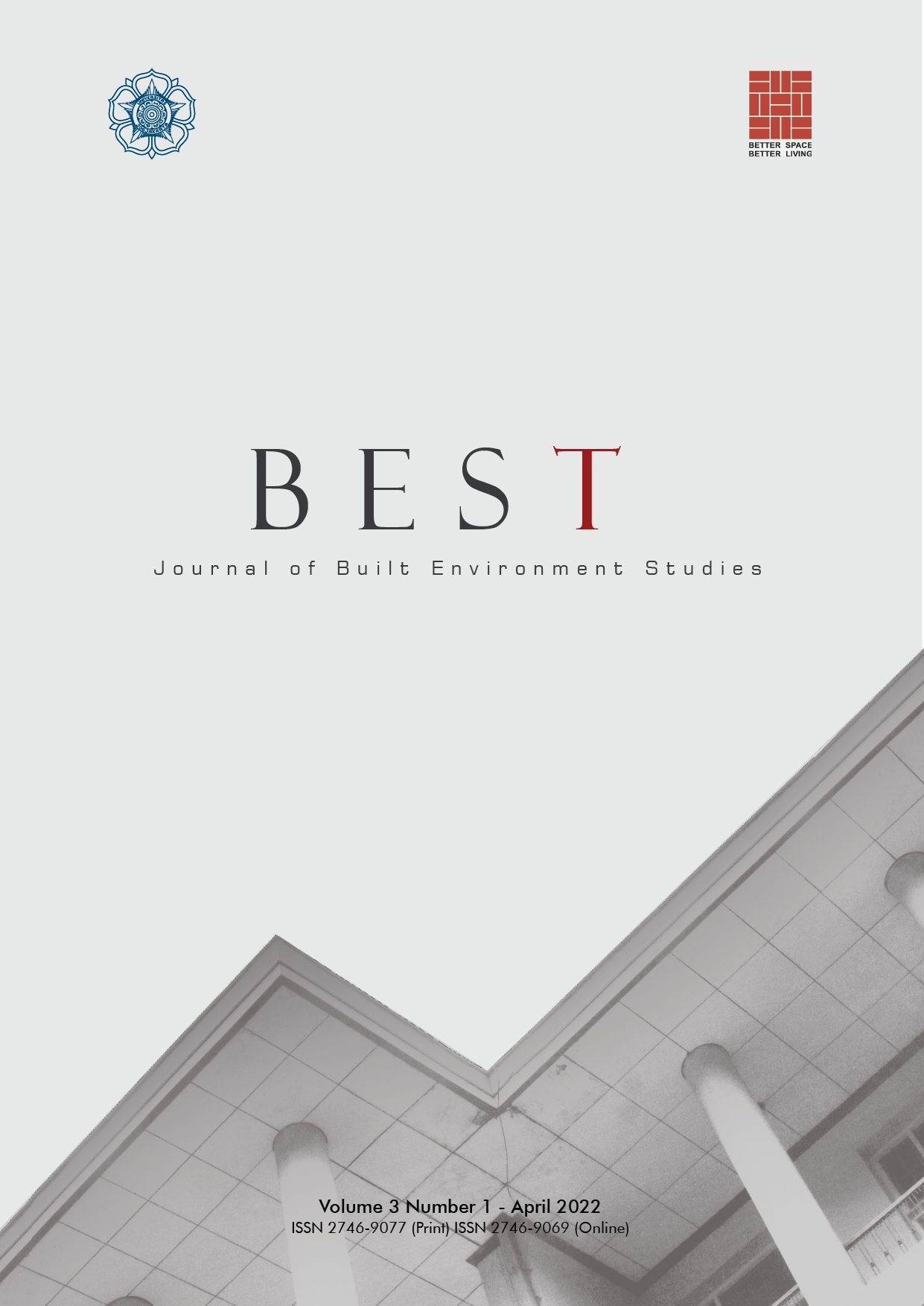Issue
Date Log
Stakeholders' Response to Community-based Ecotourism in Phonsim and That Inghang villages Kaysone Phomvihane City, Savannakhet Province, Laos
Corresponding Author(s) : Pany Sivannavong
Built Environment Studies,
Vol 3 No 1 (2022)
Abstract
The Lao government has a polity to promote natural, historical, and cultural tourism by encouraging infrastructure development such as airport construction, construction of transport routes that can connect in the whole country, and connect to neighboring countries in the north, central and southern. Base on the abundance of various tourism resources that are couture-history and, many communities have the potential to develop ecotourism through community participation, impressing tourists as well as creating great economic benefits to local people. The development would be focusing on infrastructure and facility development, trekking trail restoration, development and renovation of guest houses, toilet construction, service quality improvement, and media production in advertising. Three areas had developed as community-based ecotourism (Dong Natad protected area is one of them). Kayson Phomvihane city, which is the most populous city of the province located next to the Mekong River has a friendship bridge connecting to Thailand. The city has many popular attractions, includes the cultural and historical site included Inghang stupa, dinosaur museum, old French colonial buildings, and Wat Saiyaphoum (Saiyaphoum Temple); Natural site included: Dong Natad Provincial Protected Area, Nongtao lake, and Buengva lake. This thesis aims to make a guideline for the enhancement and development of ecotourism to lead to sustainable development in the local community. Moreover, the results of this thesis will be analyzed and informed by all stakeholders on the concept for the desired strategy.
Download Citation
Endnote/Zotero/Mendeley (RIS)BibTeX
